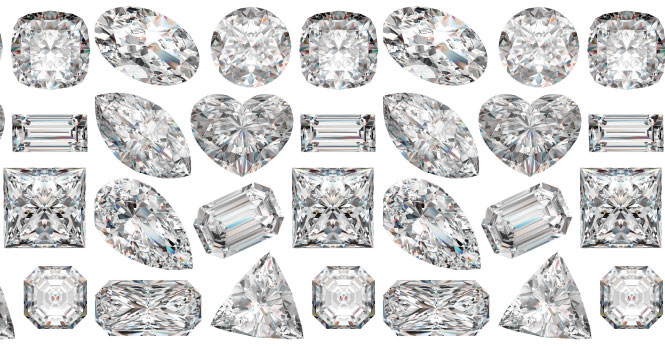
10 Dazzling Diamond Facts
Known today as a symbol of love and marriage, diamonds have a long and enduring history. See how they’ve come to be the most beloved stones with these 10 dazzling diamond facts.
1. How are diamonds made?
Diamonds are formed in the earth’s surface layer called the mantle, which is located between the earth’s crust and core, 100 miles below the surface!
As diamond crystals form deep within the earth’s layers, they are eventually brought to the surface by a “host” of volcanic rock called kimberlite. It creates a pipeline from deep within the earth to the surface, carrying the diamonds and other earth elements up. As it reaches the surface, there’s a small volcanic explosion. As the volcanic rock cools, mounds are formed, creating a safe haven for the diamonds.
2. Where are diamonds found?
Diamonds are found all over the world. Historically, India was the first known and major producer of diamonds. They used to be gathered from streams and rivers for practical and valuable use. Around 1725, as Indian production was slowing, diamonds were discovered in abundance in Brazil.
Other producers today include Africa, Australia, Canada, Russia and South Africa. You can even find diamonds in the U.S. (Arkansas and Colorado), even though almost none of them are used for commercial use. Instead, America opts to be the world’s largest diamond market by way of purchase.
3. How old are diamonds?
Diamonds can be billions of years old! They take one to three billion years to form within the earth’s layers.
4. What do diamonds symbolize?
Coming from the Greek word Adamas, meaning “unconquerable and indestructible”, diamonds are known as one of the strongest precious stones on earth. So, it’s no wonder why it’s used to represent marriage. These stones endure the harshest of conditions upon their creation to end up the most beautiful and valuable things in this world. You must admit, marriage and diamonds have that beautiful endurance in common.
5. How were diamonds used in history?
Diamonds have had many uses throughout history. They were revered by the Romans, who linked the stones to love by believing Cupid’s arrow tips were encrusted with diamonds. As early as 400 BCE, history suggests India was trading diamonds as currency.
Today, we mostly associate a gorgeous diamond with an engagement ring. But did you know they weren’t commonly used in engagement rings until 1477? Archduke Maximillian of Austria created the trend among European aristocrats and nobles by commissioning the first diamond engagement ring for this future wife.
6. What’s the most popular diamond shape?
Round brilliants are the most popular diamond shapes. The love of this shape comes from the fire and intense sparkle that results from light reflecting off the stone’s many facets.
7. How many colors can diamonds come in?
A lot! When you think of “regular” a diamond, you think of a colorless stone. A great quality diamond is colorless, but they actually range in yellow to brown tints. The more “yellow” a diamond, the less valuable it is.
When diamonds mix with other chemical elements, they can also come in several vibrant shades, like red, orange, green, blue, pink, purple and black! Colored diamonds are usually referred to as “fancy diamonds”.
8. What’s the biggest diamond in the world?
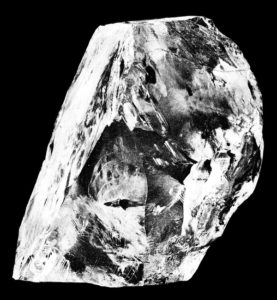
The Cullinan Diamond via https://en.wikipedia.org/wiki/Cullinan_Diamond
The largest rough diamond is the Cullinan diamond, which was discovered in 1905 in South Africa. It weighed a whopping 3016 carats before being cut and polished! Today, this amazing stone is worth billions.
9. Are diamonds resilient?
Although they ARE the hardest natural substances on earth, diamonds aren’t impervious to everything! Did you know they can be burned? According to GIA.edu, you have to heat a diamond to between 1290 – 1650 degrees Fahrenheit to burn it.
10. Is diamond a birthstone?
Yes! April babies have diamonds as their birthstone.


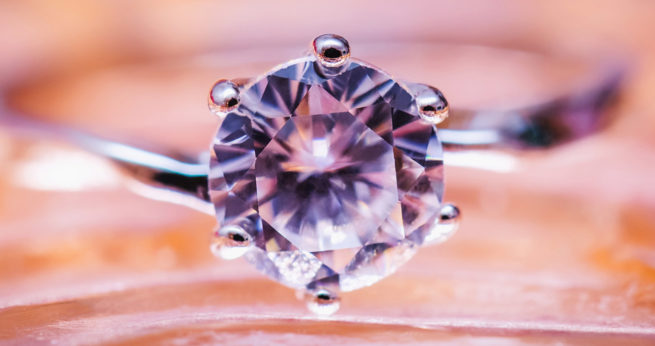
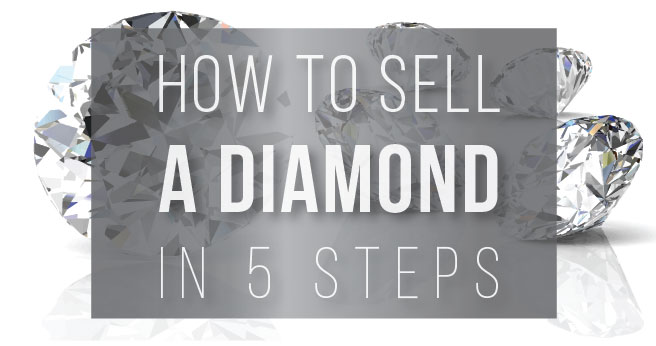
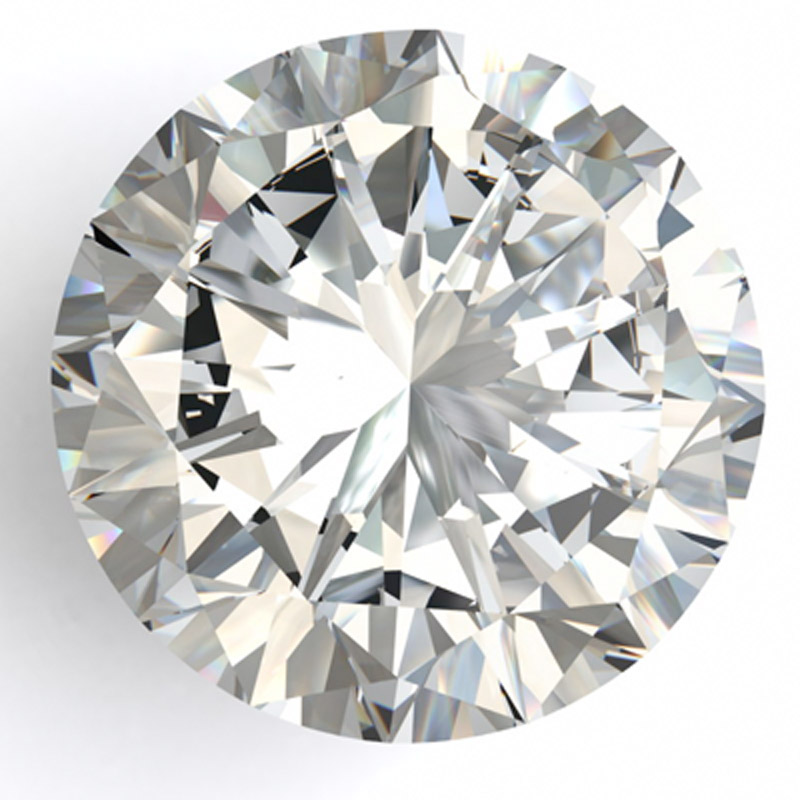
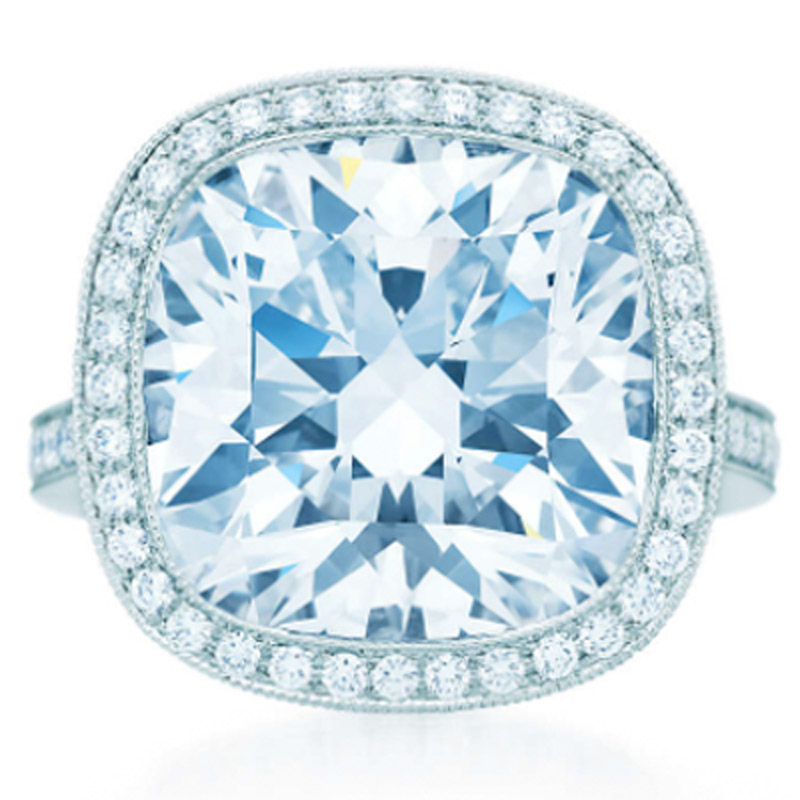
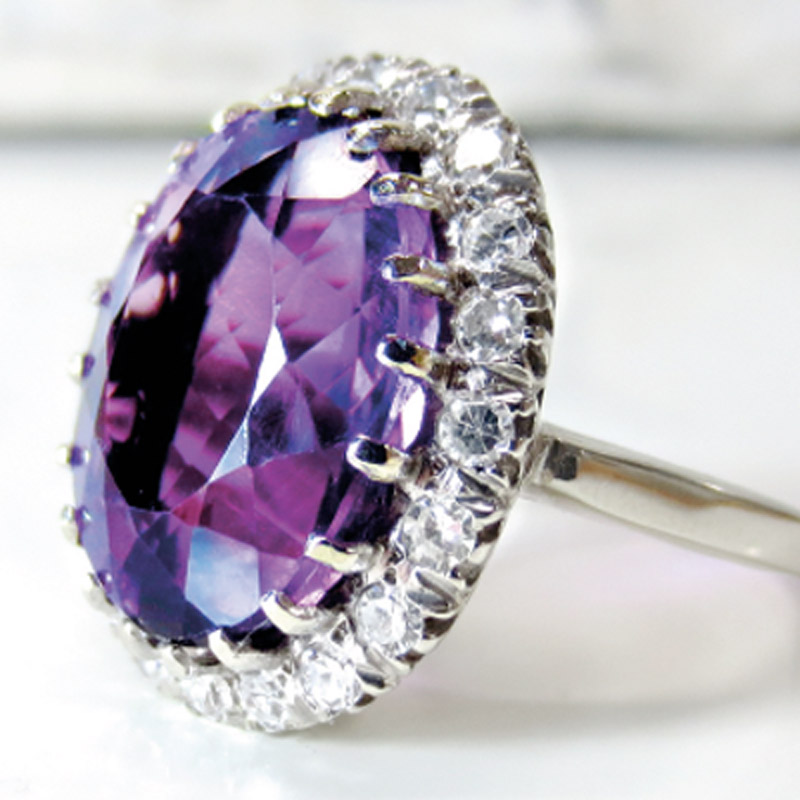


0 Comments